If a disaster strikes, a city is arguably the worst place to be. Not only do you have to worry about issues like rubble and downed power lines, but crowds of panicking people who didn’t have the foresight to stockpile basic supplies pose a considerable threat.
A lot of prepper websites will tell you to move the heck out of the city. Yes – that’s good advice, but not all of us are in a situation where we can pick up and move.
What you can do is pack an Urban Bug Out Bag.
What is an Urban Bug Out Bag?
There are a lot of different definitions of Bug Out Bag. In general, a BOB is defined as a kit containing everything you need to survive through disaster conditions for 3 days.
So, an urban Bug Out Bag will contain everything you need to survive a disaster in a city or other urban environment.
Why You Need an Urban Bug Out Bag
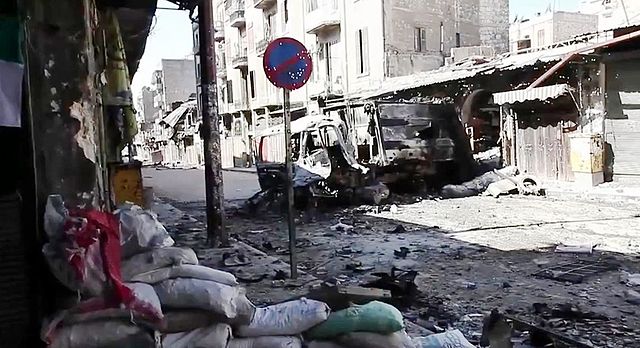
You might not think you need an urban BOB. After all, you could just go home – right?
You might even keep a Get Home Bag in your car in case a disaster strikes while you are away.
The truth is that there are many situations where you could end up stuck wandering the city through a SHTF disaster.
- Your home becomes completely unsafe (ask the people of Syria about that one!).
- The city is put on lockdown, and you are unable to leave.
- You have a disability or illness, making it impossible to get out of the city.
- There are no rural/wilderness areas around you, such as in large cities on the East Coast.
- It will take several days of trekking through the city to reach the nearest safe, remote location.
Planning Considerations
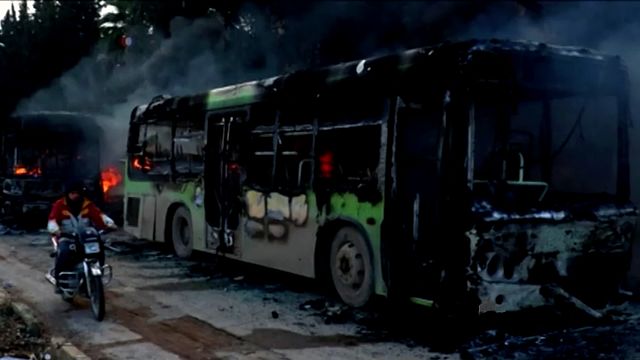
When planning any BOB, I encourage you to think about items in categories based on what goal they achieve.
For example, we need Shelter, Food, Warmth, and Medical Supplies to survive in any situation. You can read more about this in our bug-out bag items list post.
Most Bug Out Bag lists are created with the notion that you’ll be escaping into the wilderness. You’ll find items on these lists, like portable saws and fishing kits.
These items can be virtually useless in an urban environment!
Here, I want to review some survival considerations unique to urban environments.
1. Shelter Considerations
The great thing about bugging out in a city is that plenty of pre-made shelters are available. The issue is how you are going to access them.
This is where survival gear like bolt cutters and crowbars can come in handy. You might also want a plastic tarp and some duct tape to weatherproof a damaged shelter.
I’d also recommend mapping out some locations in your city which would make a good survival shelter.
Abandoned buildings like factories might be a good choice, though many others will probably have this idea.
Dilapidated buildings might be better as fewer people will think of going there, and they are less likely to be targeted by looters.
Recommended Kit
Ideal for cutting through barbed wire, padlocks, and alarm cables. They are very tough but still light enough to carry in your BOB.
2. Water
When bugging out in the wilderness, you have to worry about bacteria and protozoa in water. However, viruses usually aren’t a concern in the backcountry. Neither are chemicals. So, a standard backpacking water filter like the Sawyer Mini will do the job.
This is NOT the case in cities!
Even the water from your tap usually isn’t safe to drink during an emergency (read about Boil Alerts here). You’ll need a water purification method that can remove viruses and chemicals.
Another issue is where will you even find water in the city?
If you are reduced to collecting water from puddles or sewers, you can bet that there is a lot of toxic waste in it.
To solve these issues, you may want to pack gear like:
- Extra bottles of safe water
- Water filter + activated charcoal (for removing chemicals from water)
- Sillcock key (for opening water valves on commercial buildings)
- A hydrant wrench (for opening hydrants to get water)
Recommended Kit
Recommended Reading: The 5 Best Survival Water Filters
3. The Need to Be Discreet.
In an actual SHTF situation, the last thing you want is to draw attention to yourself. Walking around with a camo-style backpack loaded with supplies is likely to do that!
You’ll have to choose a bug out backpack, which is very discreet. One of the best tips I’ve heard is to use a baby bag as your BOB. No one will suspect that the bag is loaded with gear.
 Direct Action Tactical Backpack
Direct Action Tactical Backpack
As far as tactical backpacks go, this is one of the most discreet designs you’ll find.
You get all the benefits that come with a tactical pack, such as loads of room and sturdy material, but without sticking out and making yourself a target.
Recommended Reading: Guide to Choosing the Best Survival Backpack
4. Self-Defense
In cities, you are more likely to encounter gangs. The need for self-defense items becomes critical.
Most people would recommend a firearm for urban survival self-defense.
However, I want to be clear that a firearm is only helpful if:
- You know how to use it
- You are prepared to use it.
Firearms can draw unnecessary attention to yourself by alerting other people of your presence.
I think that every urban Bug Out Bag should include pepper spray. It is a great non-lethal self-defense tool.
5. Rubble, Debris, and Toxic Pollutants
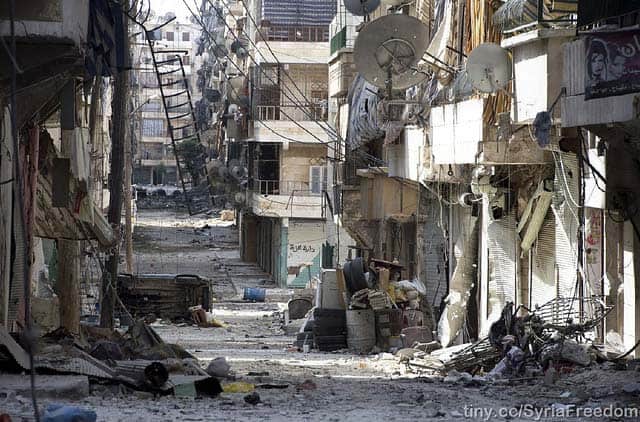
September 11th was a big awakening to the dangers of toxic pollutants. People are still dying from respiratory diseases from exposure to flaming poisonous materials like asbestos.
Even relatively minor disasters like hurricanes can cause a lot of toxic pollution. And then there is all of the broken glass, crumbling buildings, and rubble.
To stay safe, you’ll need the following gear:
- Sturdy boots (read about survival boots here)
- Heavy-duty gloves
- Face mask (read about respirator masks here)
- Eye protection
- Earplugs (don’t underestimate how much damage loud noises can cause!)
- Fire extinguisher*
*You probably aren’t going to carry a fire extinguisher in your urban BOB. However, you should have one in your home, vehicle, and work.
Recommended Kit
For most disaster situations where pollution is in the air, an N95 mask is your smartest choice.
They are affordable but highly effective at filtering out particles.
We like these Ironclad gloves. They are heavy-duty but still flexible enough to use your fingers for any tasks requiring dexterity.
6. Medical Needs
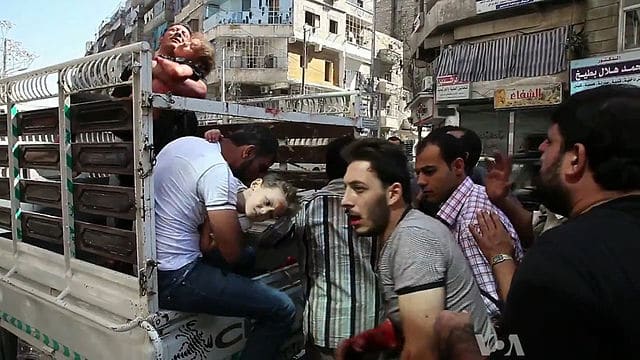
Like with a wilderness BOB, you’ll need to build a personalized first aid kit for your urban BOB.
This should include any medications you take and the basics for treating wounds and common ailments.
Recommended Reading: BOB First Aid Kit
You might want to add a few extras for an urban Bug Out Bag.
Firstly, plan on the increased likelihood of wounds. Burns, abrasions, and deep cuts are more likely due to the flaming rubble. You’ll need extra sterile gauze, antibiotic salve, and burn cream.
Another thing to consider is potassium iodide tablets for treating radiation exposure. These should be in your urban BOB if you live anywhere near a nuclear facility.
Recommended Reading: Nuclear Survival Kit – Preparing for the Worst
7. Communication
In an urban survival scenario, your need for communication increases.
For example, part of your group might stay hunkered in your shelter while some go scouting for supplies.
You’ll want 2-way radios to stay in contact. Make sure they are NOAA-approved so you can get disaster updates.
In a major disaster, phone signals probably won’t work. However, if they are, you’ll want to have a means of charging your phone.
Permanent markers are great to have in case you need to leave messages written on buildings.
 BLAVOR Solar Charger Power Bank
BLAVOR Solar Charger Power Bank
As far as solar chargers go, this is probably the best one for Bug Out Bags; it is small and lightweight but still will charge your devices quickly.
Urban Bug Out Bag Packing List
*Everyone’s needs are different! You might not need or be able to carry every single item on this list.
This list is meant to serve as a starting point for all the different gear you’d need to survive a complete SHTF situation in the city.
For Securing Shelter:
- Small sleeping bag or bivvy. We like the Tact Bivvy.
- Lock picking set
- Crowbar.
- Bolt cutters.
- Plastic tarp
- Duct tape
Food and Water:
- Bottled water: Ideally, 6 quarts per person, but this can weigh down your pack
- Water treatment method suitable for toxic water (such as a filter or water purification tabs PLUS activated charcoal)
- Sillcock water valve key
- Hydrant wrench
- Food: Such as protein bars
- Small camping stove. More on the best camping stoves.
- Mess kit
- Can opener
Basics:
- Change of clothes
- Boots
- Rain jacket or poncho
- Hygiene kit
- First aid kit (with extra sterile bandages, antibiotic salve, and burn cream)
- Potassium iodide tablets (if you live near a nuclear zone)
Personal Protection
- Firearm
- Pepper spray.
- N95 mask
- Heavy-duty gloves
- Eye protection
- Earplugs
Communication and Navigation:
- Two-way NOAA radios
- Whistle
- Phone and solar charger
- Permanent marker
- Map
Tools and Other Gear:
- Knife
- Multi-tool: Guide to the Best Multi-Tool
- Two ways of starting a fire (such as a lighter, stormproof match, or Ferro rod)
- Flashlight
- Paracord: Read our guide to Pararcord
- Vital documents
- Cash, at least $50 in small bills
- Personal comfort items, such as toys for kids or playing cards
Do you have an urban BOB? Anything else that you think should make the list? Let us know in the comments!
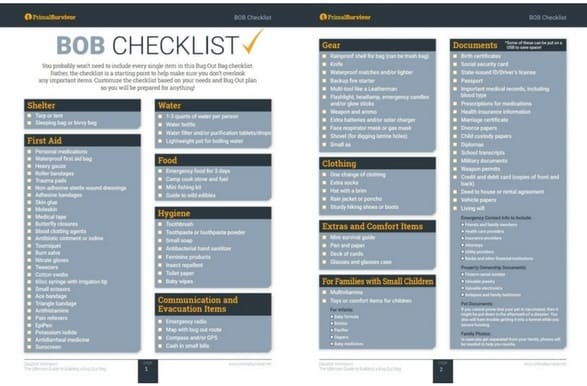






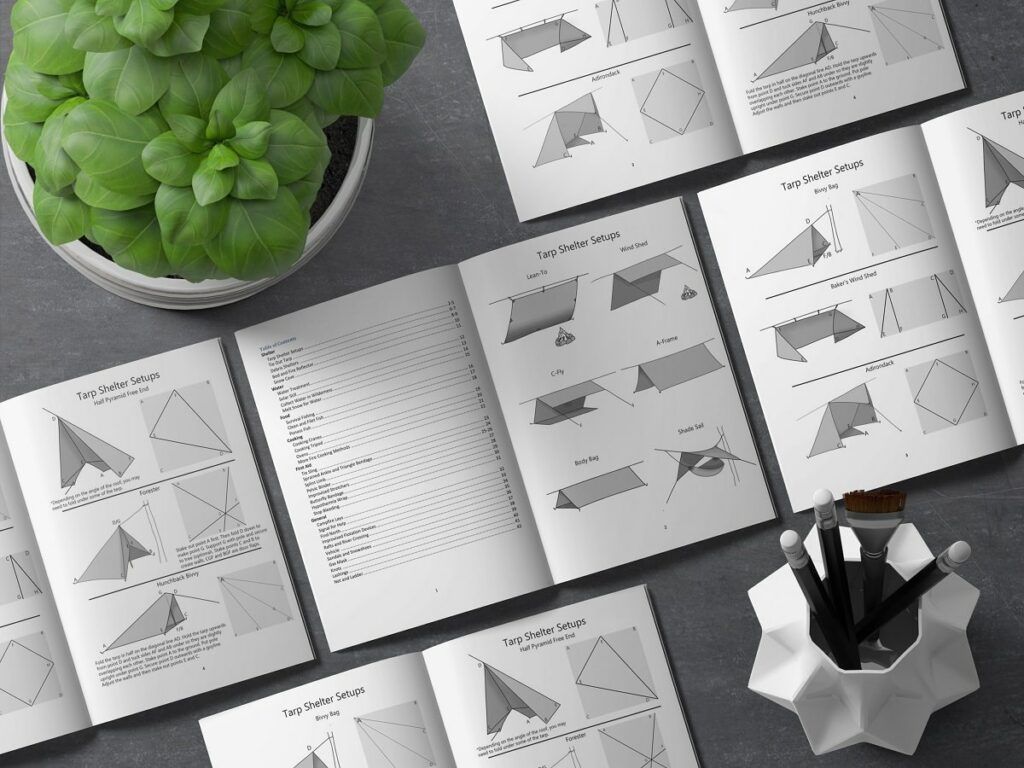

My get-home bag includes a Keltec Sub2000 in Glock .40, to match my sidearm. Plus 100 rounds in magazines for both.
Urban C’s
Currency: credit/ATM cards, but they may not work, coins for vending machines which may or may not work; Cash, because it’s King. Carry $20s and smaller, enough to get you through 2-3 days.
Cell phone, wall and car chargers, solar power bank & USB cord
Contacts list, laminated. Know your lawyer’s number and ICE contact number in case you’re arrested. (Phone and wallet will be confiscated before you’re allowed your one phone call).
Condom. Yeah, obvious use, but put a plain unlubed one in a sock and use it to carry water.
Defensive tool. OK, not a C.
That’s a good tip about the lawyer’s number: Never thought about the fact you won’t be able to access it if you don’t know it by heart. I don’t agree with the coins for vending machines though: Coins are heavy and I’m all about going ultralight (influenced by my backpacking roots). Plus, if the situation is so terrible that I’ve got to get food from vending machines, I’d just smash the glass and grab it all. 🙂 Thanks for the comments.
Last week we had a really unusually large snow storm in Madrid (Spain) that left hundreds of people blocked in their cars while returning home in the evening. Some of them had to sleep in the cars and other were rescued by the police, firemen or army and spent the night in improvised shelters.
I find out the fhe local government has web site called ¡Prepárate Madrid! (Get ready, Madrid!) that gives all sort of information in case of emergency, including what you should have in your emergency bag. It also offers a pair of useful pdf documents to print and keep at hand in case of emergency.
List of recommended items in an emergency bag:
– Hermetic plastic bag with copies of all important documents.
– Bottle with 1.5 l of water
– Small torch with spare batteries.
– Small radio with spare batteries.
– Printed list of telephones and addresses of friends and family.
– Basic clothes, underwear.
– Cleaning kit: toothbrush, soap, toilet paper, towel.
– Basic fisrt aid kit with any medicine needed regularly
– Spare keys for your home and car
– Credit card and some money in small notes
– A mobile phone with a prepaid card
– Printed maps of the city and region
I keep both s Urban & wilderness bag. In them, each item has to have multiple use . But one thing that I change between the two is my vest. The many pockets are a plus
That’s one thing that annoys me about women’s clothing: it’s hard to find clothing with enough pockets! Men are very lucky in this sense. (luckily I’m small enough that I can fit into teenage boy clothing and don’t have to pay a fortune for women’s clothing with pockets).
Any kind of badge – gold commands more authority. Nobody’s gonna read what’s on it, just make it look official.
A little tweak – I think you’ve mislabeled the silcock key and the hydrant wrench. Otherwise a great article.
Thanks fixed that typo.
I think red cellophane over a regular flashlight would work, I can’t afford some of this equipment.
I don’t ever hear anyone talk about slingshots. The new flat band slingshots are good if someone is coming after you. But you need to practice! I can now hit a melon at 30 yards with a 3/8″ steel ball. If I got hit in the face with a 3/8″ steel ball from double banded sling shot, I ain’t goin after anyone any longer! YouTube Bill Hayes or Simpleshot or Fowlers Makery. They all have good videos for beginners and experts, and good slingshots to purchase. Be safe.
Good points and we do have a post about making and using slingshots. Well worth a look.
I always pack a bandanna or two, and a headlamp with extra batteries.
I would not put all my diabetic meds in the first aid kit, I would keep the bulk of them in a separate kit, but maybe put 3 days in the first aid kit. I wouldn’t want anyone to get a hold of them as they could get quite sick if they mistakenly took them, some people don’t read notes on items especially on meds.
Mildred, if they steal my meds and take them, i hope they die, because i surely will be at risk of death without them. Not leaving a nice note on any medication to help the jerk that stole them, and quite possibly murdered me in the process.
Great article. Coffee, cigs, whiskey. For when all else has failed. 🙂
I hear ya!
I use a power chair and EDC a charger for it ( smaller than the one I use at home but it has still come in handy). Also, I have memorized my cc numbers because wallets can get stolen knowledge can’t. One other thing I would recommend a red light flashlight since the military uses them because it doesn’t carry as far as white light… so if you need a light that won’t attract everyone around you…
Good tips.
They use the red light flashlights because they do not cause your pupils to contract, i.e., you keep your night vision. Not because the light doesn’t carry as far.
I would include a credit/debit card, a lot of people have been stranded in cities and unable to get home due to bad weather in the last few days, the ability to get a room (even at inflated prices ) would be a big advantage.
Yep could be useful for short term disasters.
After an EMP wave attack cars don’t move, ATM’s don’t work, CC are nullified! Better to have a Thermos stuffed with a pound of gold dust, silver coin, some twenties in cash, but forget plastic. oh, that car with electric locks and self-auto start…probably not going anywhere either. were one to have a Emergency egress tool the windows might be wrecked for that BOB and some hiking shoes cause you need to una** the city!!
Steve,
Many people ignore packing things like money, credit cards, etc in a bug out bag because they’re looking at a complete collapse as the worst case scenario. Always prepare for the worst case right?
I believe prepping for the worst case is the way to go, but one needs to take a look at the most likely scenarios as well and you hit the nail on the head with your assessment that a natural disaster is the event that we’re most likely to encounter. I always have cash and ID in a bug out bag. You’re more likely to need those items than any water filter or survival knife.
-Joe
Yes exactly right – we look at the probability of an event happening and plan accordingly.
That’s not a bad idea HOWEVER, if you’re talking about a disaster with a CONCURRENT power outage, the cards may NOT work. When your budget allows, start carrying $50.00 bills or $100.00 bills in your boots/shoes. Keep all those bills separated but you can cut open a sole, insert the bill and melt the sole closed again. There is price gouging to be sure but if the cards don’t work maybe your $50.00 cash will be taken. Remember: DON’T FLASH YOUR CASH!